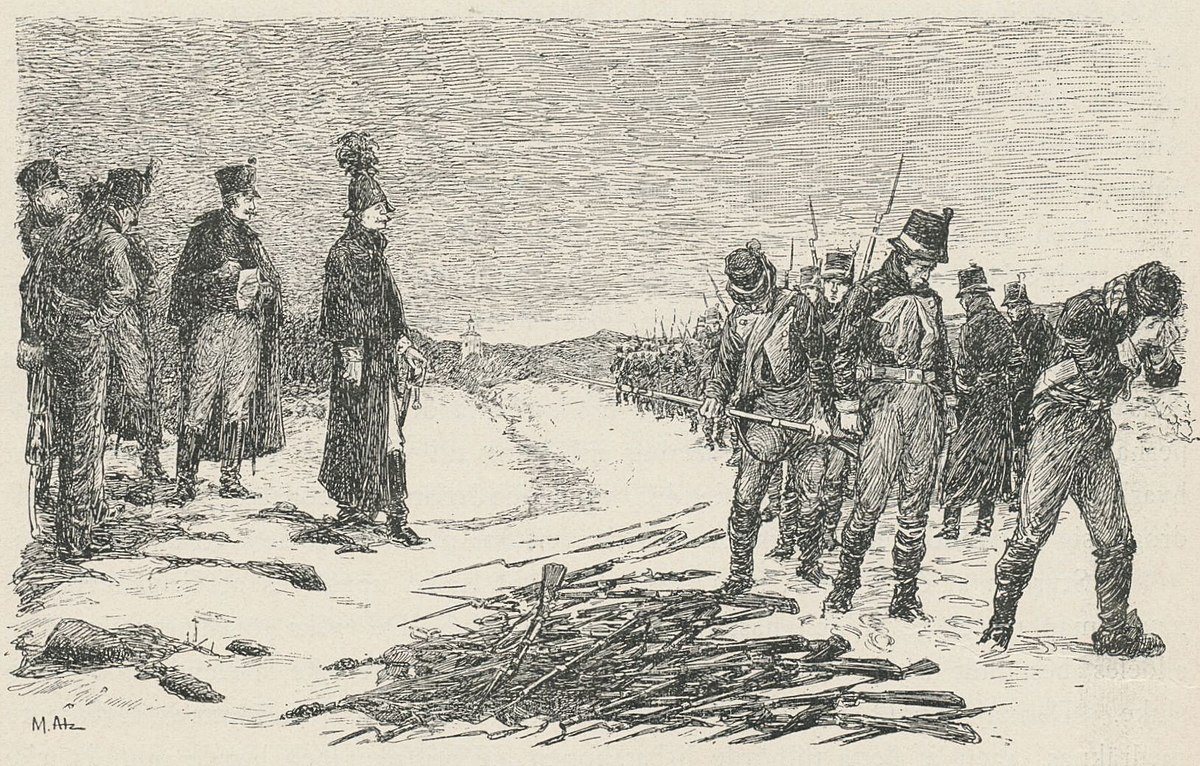Jonathan Lovell
32 Cal
- Joined
- Jul 3, 2019
- Messages
- 19
- Reaction score
- 5
Hi all
I am working on two flintlock muskets (one is a conversion), They are both marked T and GB over the barrel and in other places and dated to 1760. These appear to be British marks and the guns are basically Long Land pattern Brown Besses set up in Sweden (probably using Swedish stocks) and a doglock. Both gun barrels are marked with 3 point crowns. This type of crown is also on the coat of arms for the Swedish Riksdag (tre kronor) of the 18th century and onwards.
This 3-point crown is also associated with the City of Vyborg, Russia. In addition, the first indented box cartouche on the side plate of my Pomeranian musket appears to show a capital N followed by two overlapping Vs and an H (NWH); this symbol also appeared on the Vyborgskiy Infantry Ordinance Flag during the 7 Years War. See picture.
This does not seem possible until I consider that Russian Iron exports to Britain doubled around 1760 and Vyborg was most probably the embarkation point.
Has anyone else seen anything like this before?
Thanks in anticipation.
I am working on two flintlock muskets (one is a conversion), They are both marked T and GB over the barrel and in other places and dated to 1760. These appear to be British marks and the guns are basically Long Land pattern Brown Besses set up in Sweden (probably using Swedish stocks) and a doglock. Both gun barrels are marked with 3 point crowns. This type of crown is also on the coat of arms for the Swedish Riksdag (tre kronor) of the 18th century and onwards.
This 3-point crown is also associated with the City of Vyborg, Russia. In addition, the first indented box cartouche on the side plate of my Pomeranian musket appears to show a capital N followed by two overlapping Vs and an H (NWH); this symbol also appeared on the Vyborgskiy Infantry Ordinance Flag during the 7 Years War. See picture.
This does not seem possible until I consider that Russian Iron exports to Britain doubled around 1760 and Vyborg was most probably the embarkation point.
Has anyone else seen anything like this before?
Thanks in anticipation.











